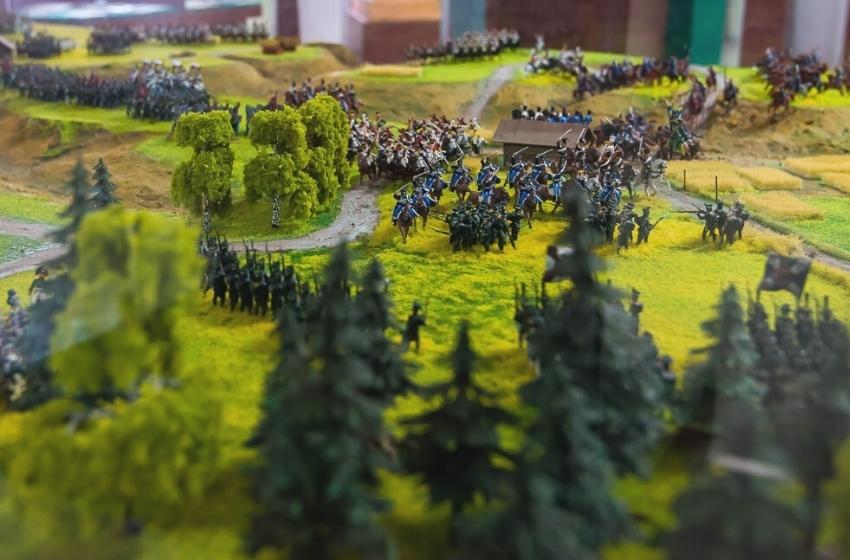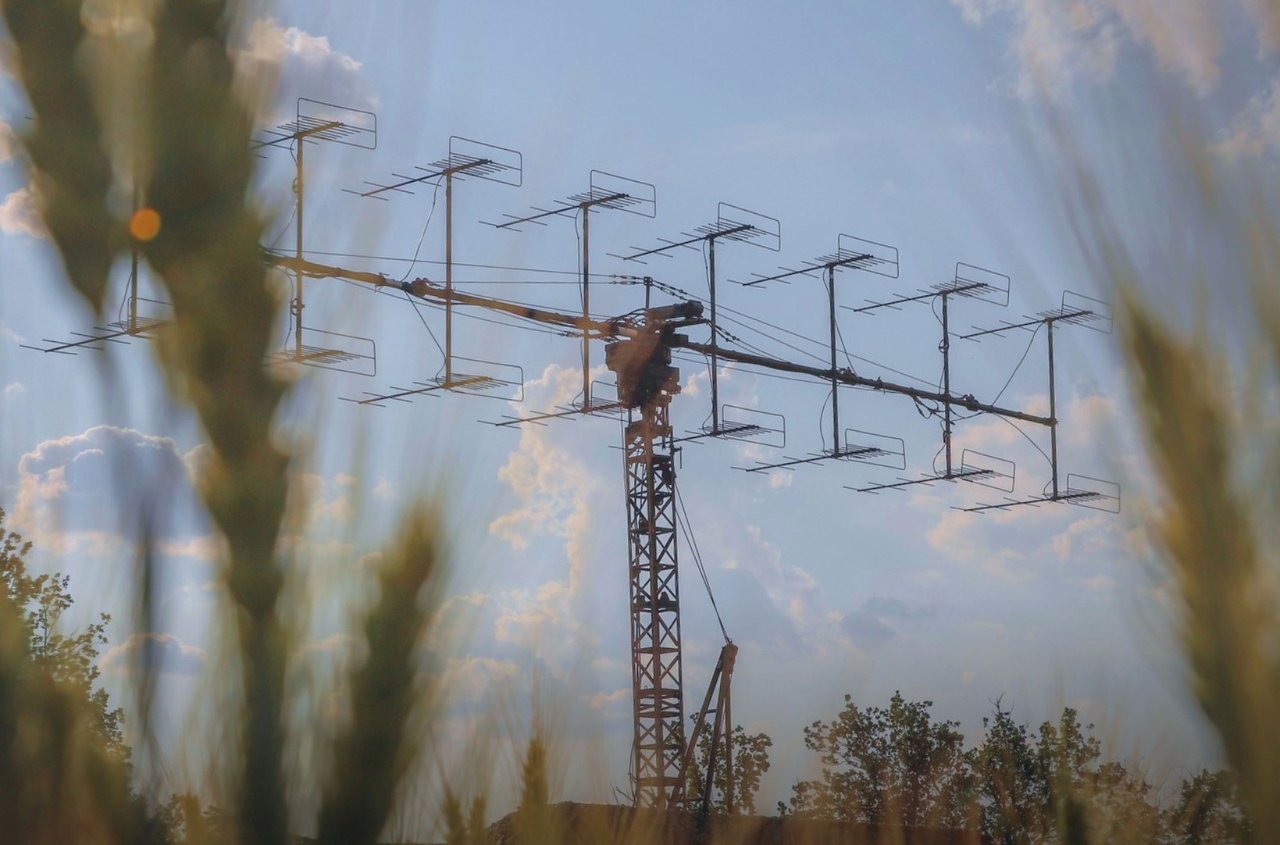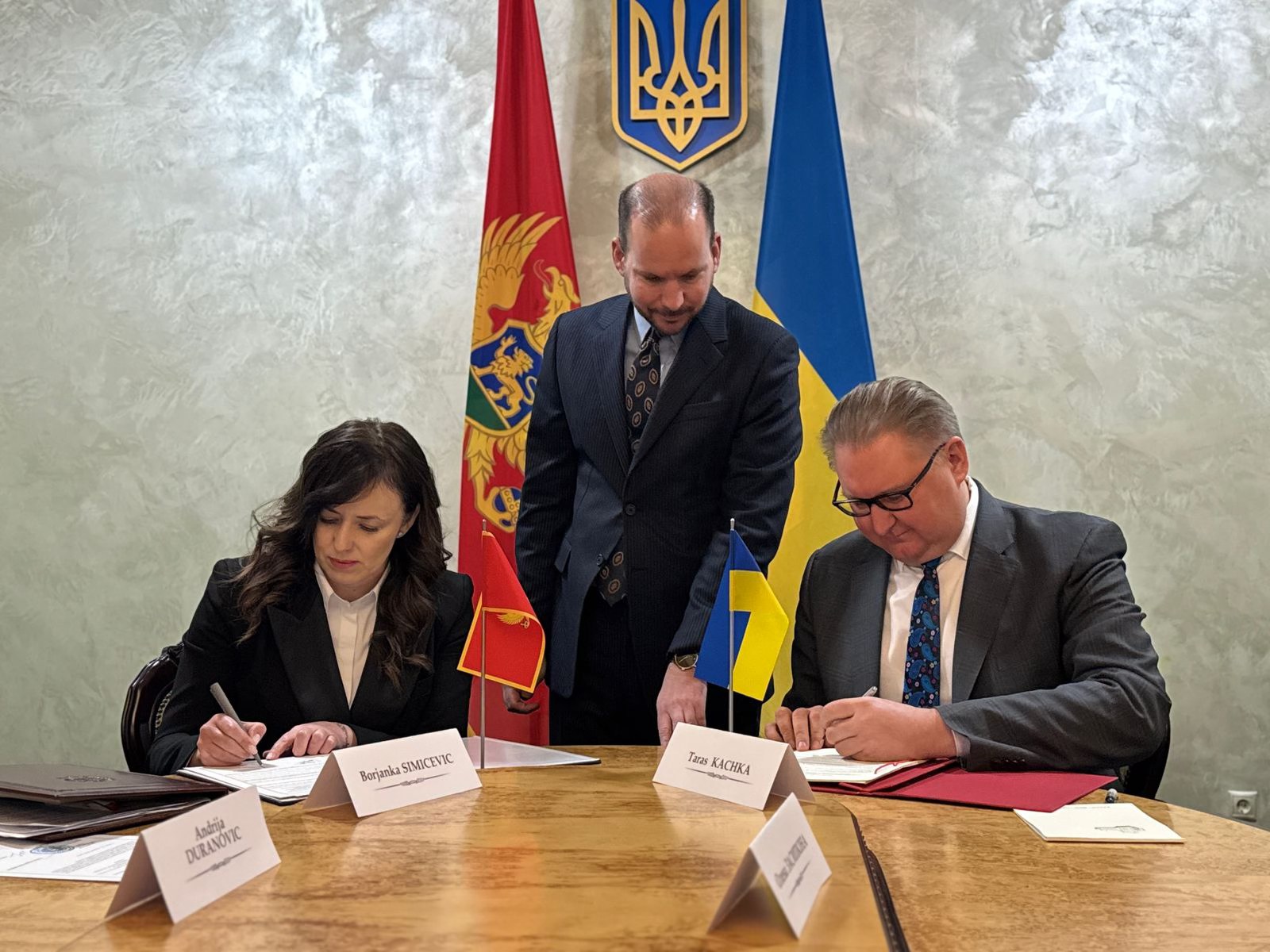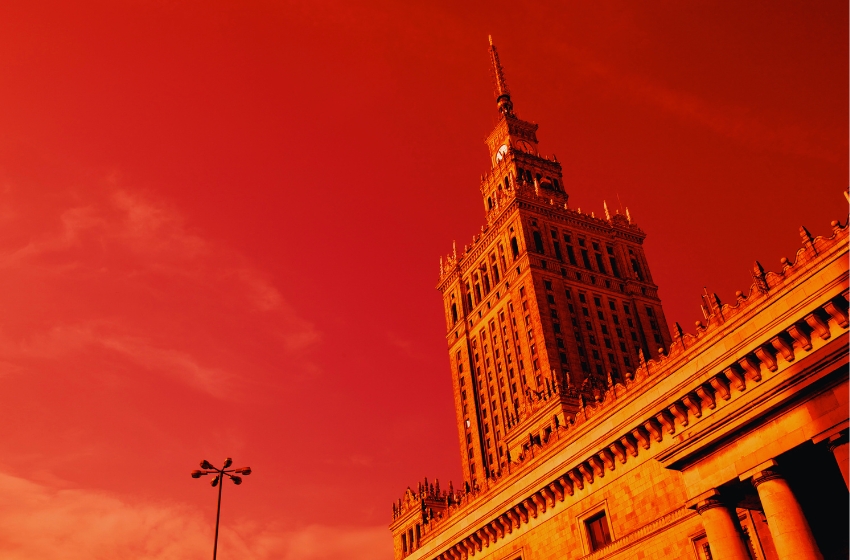Memory of the heroes and events of the Patriotic War of 1812 immortalised in numerous monuments in granite and bronze, or literary works. In Bessarabia, the names of the most important battles are given to geographical locations.
The events of the Patriotic War of 1812 did not affect directly Bessarabia. However, names appeared on the map, associated with major battles. How and why did this happen?
After the signing of the Peace of Tilsit, Napoleon created the Warsaw duchy. The state structure of the duchy was determined the constitution that the French emperor signed in Dresden, in July 1807. The constitution eliminated the personal dependence of the peasants, although in accordance with a royal decree that supplemented constitution, the land remained in the ownership of the landowners. It introduced the principle of equality of all the subjects of the duchy. In fact, in the duchy the French Civil Code (Napoleon Code) was in force and contributed to the further political and socio-economic development of this part of Poland.
After the defeat of the Napoleonic army in Russia, the inhabitants of Prussia and Duchy of Warsaw, the so-called Warsaw colonists or Warsaw migrants, repeatedly appealed to the command the Russian army and the Russian government with a request to allow them move to the southern region of Russia, in particular, to Bessarabia, which was annexed to Russia in 1812.
At the beginning of July 1813, the tsar issued an order according to which all Warsaw colonists were to be settled in Bessarabia. Initially, it was assumed that the settlement of the edge should occur without special expenses from the treasury. However, it turned out that most immigrants were people from the poor or low-income strata population, who did not have enough funds to move and arrangement in a new place. They started to accumulate at the border there was a threat of mass diseases.

Russia provided significant assistance to the migrants. By order of the Tsar, the colonists were "granted" a number of benefits and privileges. They received land for "eternal and hereditary use". They were exempt from taxes and military duties for 50 years. They were provided "complete freedom of belief", a lump sum from the treasury for 210 rubles for each family, "fodder money" until the first harvest in places of settlement.
In the fall of 1814, immigrants founded two colonies in the valley of the river Kogylnik: Alexandrovka and Elizavetovka (later - Borodino and Tarutino). By the spring of 1816, in Bessarabia there were already eight colonies, which were originally called: Alexandrovka, Elizavetovka, Kugelnicheskaya, Skinoskaya, Mordarskaya, Württemberg, Catholic, Chaga. 1033 families lived in them. Still 737 families were temporarily placed in various counties of Bessarabia. The vast majority of the colonists were peasants.
By the fall of 1816, all the "Warsaw settlers" were settled at 12 colonies located in the Akkerman district. By order of Alexander I in memory of Russian victories in the fall of 1817 these colonies were named: Borodinskaya, Tarutinskaya, Maloyaroslavetskaya, Krasninskaya, Berezinskaya, Kulmskaya, Leipzigskaya, Brienskaya, Arsis, Ferschampenois and Paris.
Although the Russian government has decided to end to accept the foreign settlers, they spontaneously went to Bessarabia. There were small groups of Germans coming through the Moldavian principality. In December 1816, the Committee of Ministers decided not to to evict and allocate land for them from the fund of Warsaw colonists.

The State allocated additional funds for their arrangement. In 1817-1818. the colony of Teplitz was founded in honour of the battle of Teplice 1813 In 1823-1826. due to the natural increase in the population of the colony Maloyaroslavets 2nd, Fershampenoise 2nd and New Arsis.
One of the richest colonies was the colony of Arsis, founded in 1816 by German colonists and immigrants from the Duchy of Warsaw. Each family received 50-60 acres of land, financial assistance for setting up a farm, building material. Settlers quickly got rich. By 1827, Artsyz (this is how the settlers changed the name) became one from the richest colonies, in which there were 139 families and there were 660 people. They owned 7,420 dess. land in the farm had a large number of horses, large cattle, sheep.
In Tarutino by 1827, there were 938 people, of which 678 were Germans and 248 Poles. They lived in 136 houses, then owned 7,980 dess. land 9. Preserved accurate information about their farms. In 1838 it was a new colony was founded - Novo(New)-Tarutino. In 1871, merchants and burghers, who traded in Tarutino, turned to the Bessarabian Governor-General about renaming the colony into a city, however, the request was not satisfied.


After the defeat of Russia in the Crimean War, under the terms of the Paris Peace Treaty, the southern part of Bessarabia was transferred to Moldavian principality. In 1861, these lands became part of the Romanian kingdom. After the Russian-Turkish war of 1877-1878 Southern Bessarabia again became part of Russian empire, from 1918 to 1940, part of Romania, then, part of the Ukrainian SSR, and since 1991, part of Ukraine.
These numerous changes naturally influenced geographical names. However, many of them survived until present times. This is the city of Artsyz, urban-type settlements Borodino, Tarutino, Berezino, villages Krasnoe, Maloyaroslavets-1, Maloyaroslavets-2, Teplitsa, New Tarutino, Parisian station. These names constantly remind us of heroic events of the Patriotic War of 1812.
List of settlements reflecting the events of the Patriotic wars of 1812
- Borodino (1814) - currently an urban-type settlement.
- Tarutino (1814) - currently an urban-type settlement.
- Krasnaya (Red) (1815) - village Krasnaya.
- Kulm (1815)
- Leipzig (1815)
- Maloyaroslavets (1815) - Maloyaroslavets-1st.
- Arsis (1815) - Artsyz, city since 1963
- Paris (1816) - the name remained until 1944. Currently, the name "Parizhskaya" survived only as the railway station. The village is called Veseliy (Cheerful) kut.
- Berezina (1816) - Berezino, an urban-type settlement.
- Ferschampenoise (1816)
- Teplitsa (1818) - Teplitsa
- Maloyaroslavets 2nd (1823) - Maloyaroslavets-2nd.
- Ferschampenoise 2nd (1825)
- Novo-Artsis (1825)
- Novo-Tarutino (1838) - from 1906 s. New Tarutino.
- Novo-Borodino (1923)
Prepared by: Disanova Ada





















